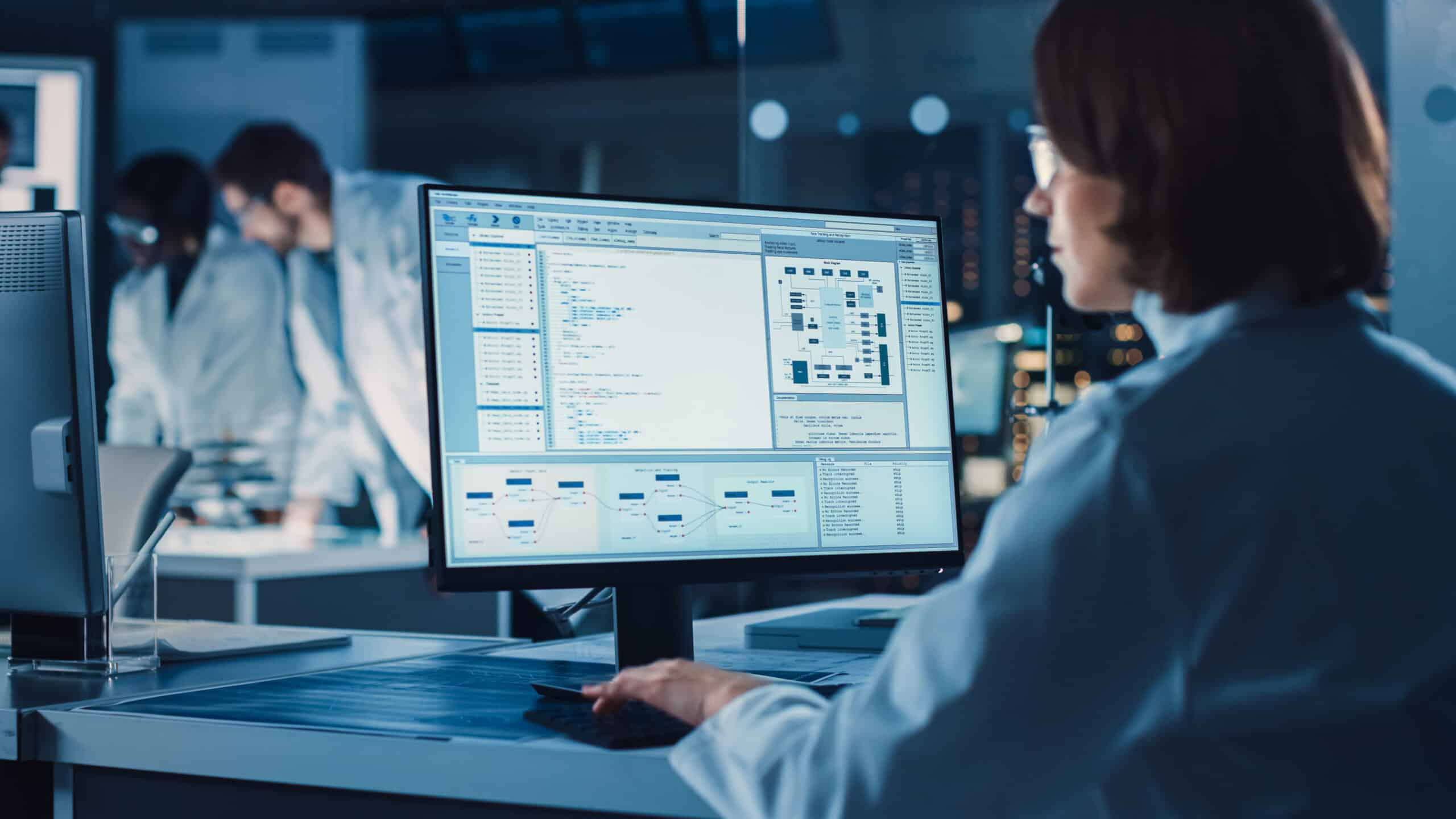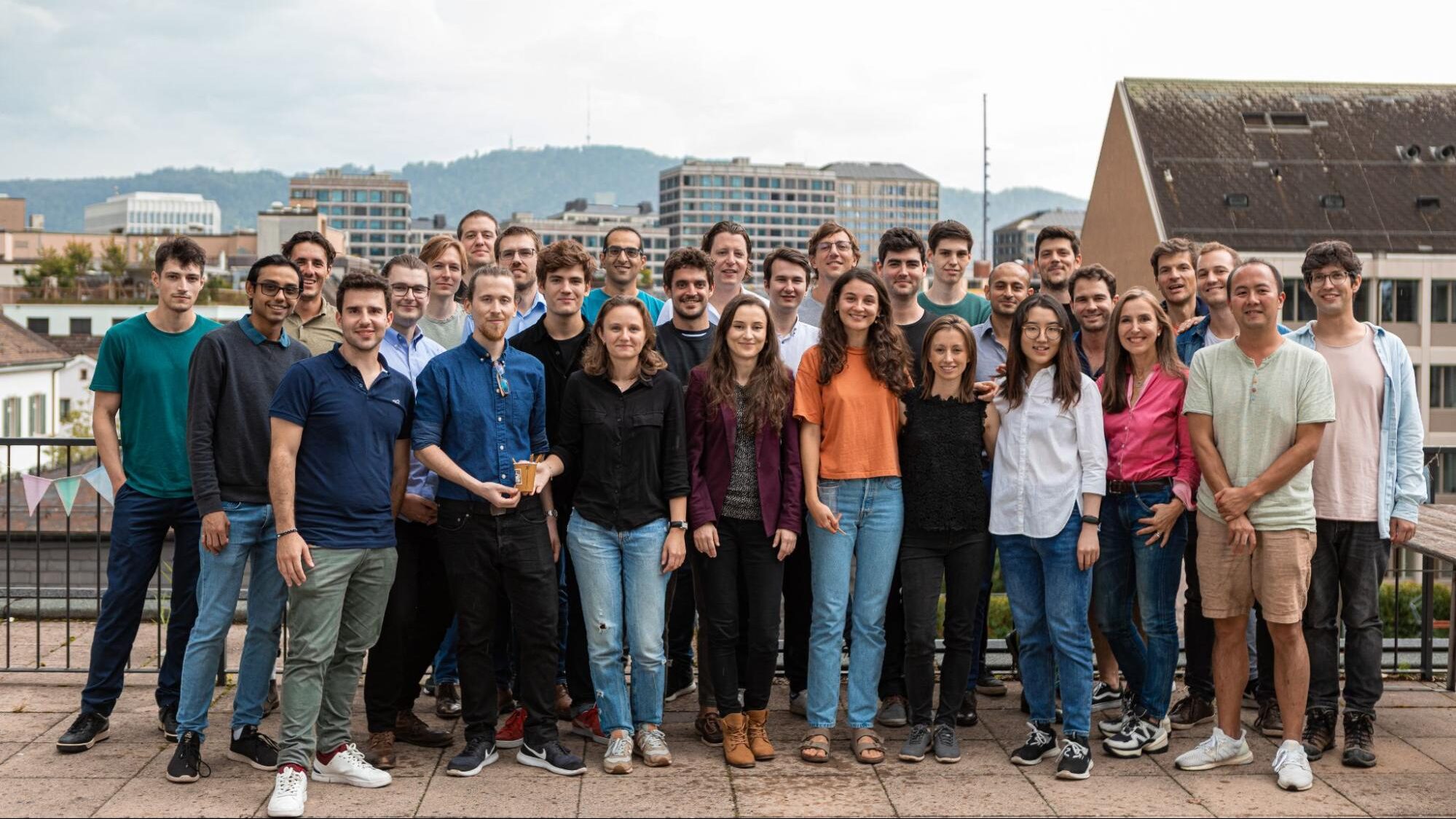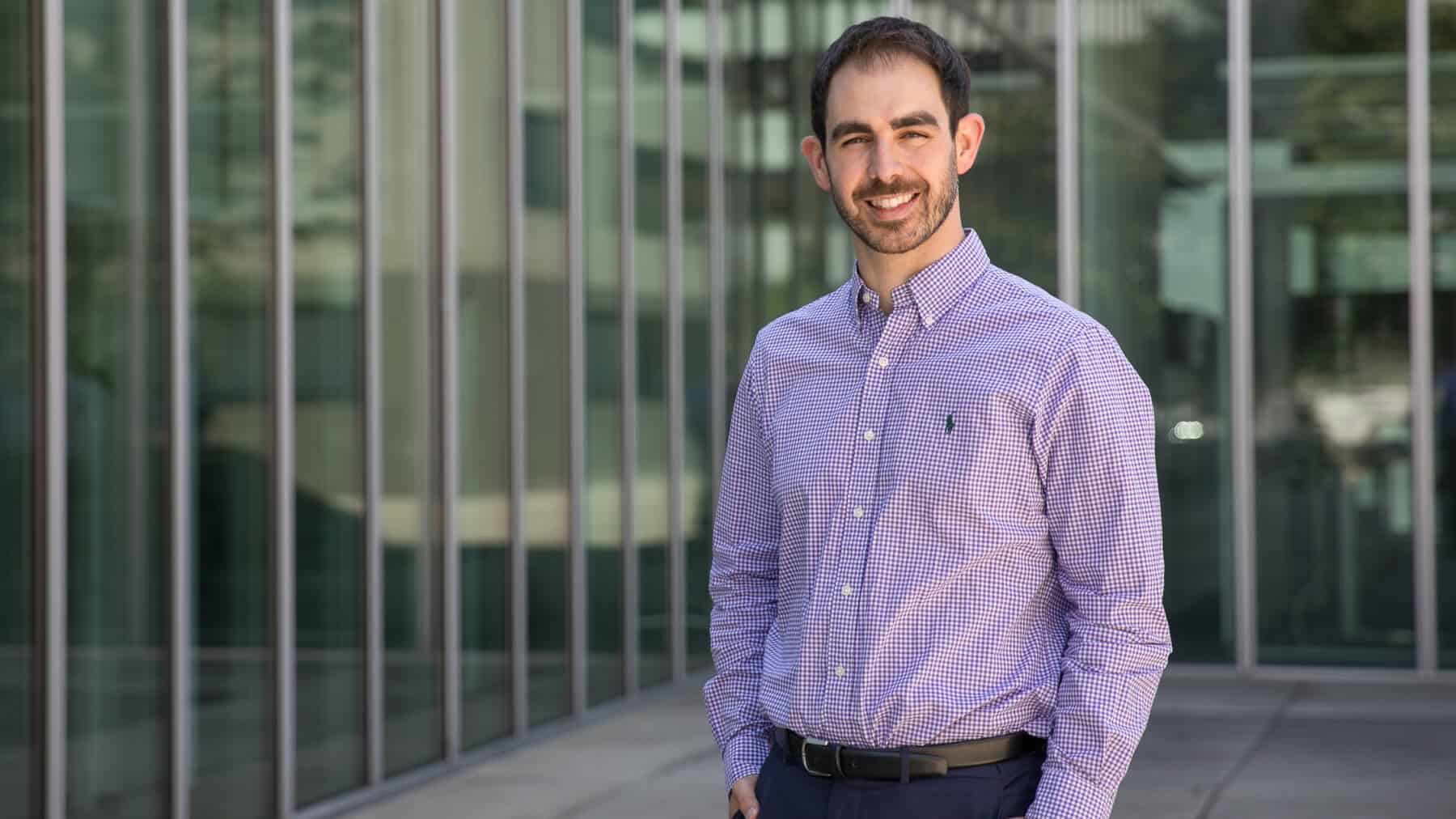An accomplished entrepreneur himself, Christophe Moser is now busy teaching science and engineering at EPFL and helps the next generation of startups such as EarlySight to get off the ground.
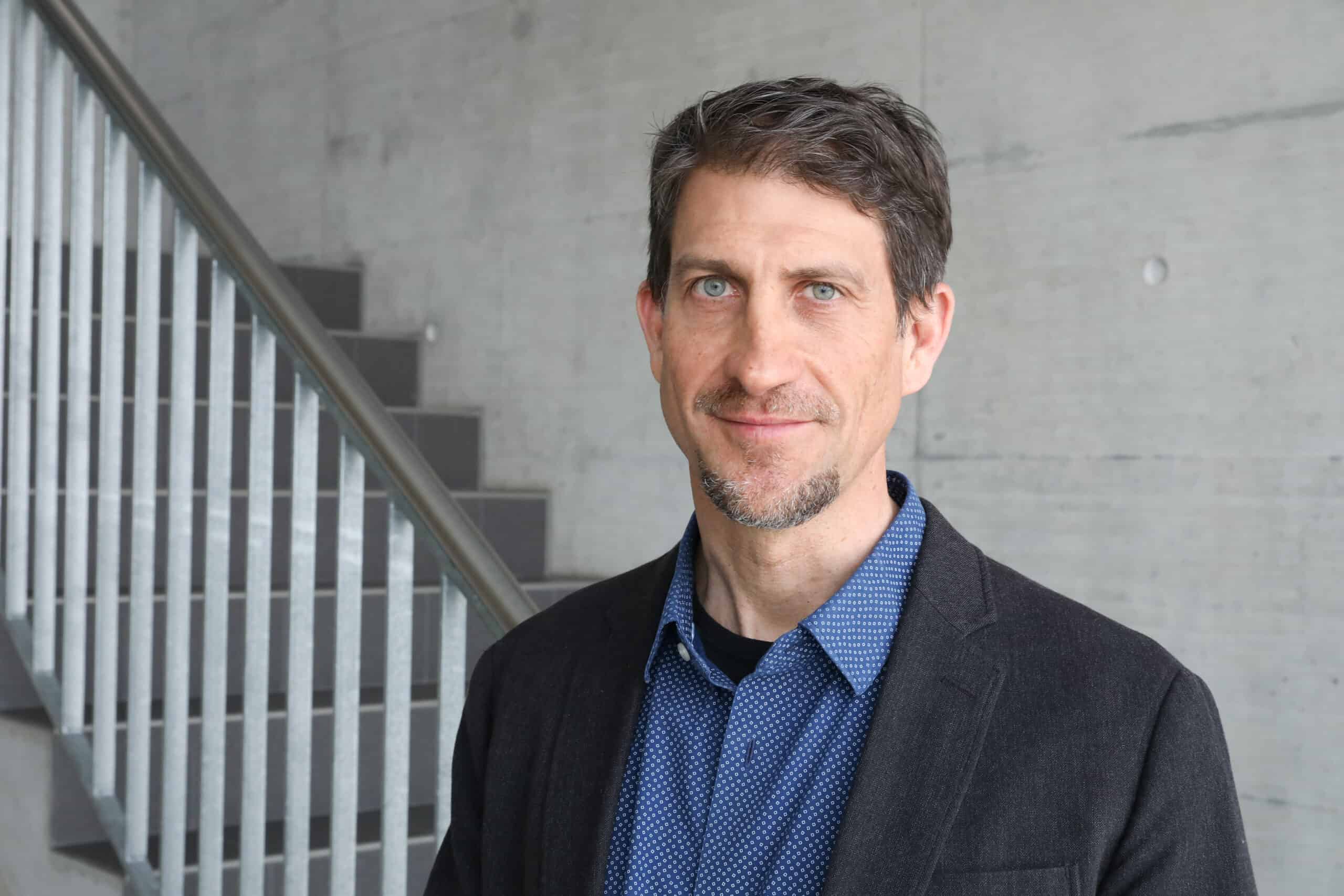
Assoc. Prof. of Microengineering and Industrial Relations at EPFL
Christophe Moser was the co-founder and CEO of Ondax (exit to Coherent) prior to joining EPFL. He raised $15 million from corporate and venture capital sources to fund volume production of thick holographic components in glass and develop devices enabled by these components. Christophe also co-founded Composyt Light Labs (acquired by Intel), Readily3D and EarlySight. Verve Ventures’ portfolio company Insolight was incubated in Christophe’s Lab as well.
How did you start your career as an entrepreneur?
After I studied Physics at EPFL I started working for a metrology company called Tesa (now Hexagon). The Head of R&D at this company was a very good mentor with an entrepreneurial spirit and an inspiration for me. After two years, I moved to Caltech to deepen my knowledge in optical information processing. I liked the environment there so much that I stayed for a Ph.D. After I finished it, I felt the urge to translate my knowledge into a product. I was always fascinated by the practical application of science.
How did you go about raising money for your first startup Ondax?
In order to convince other people, especially investors, you first need to fully convince yourself. You should be certain that you’re building something really great. At that time, I had no business background to speak of, but we talked to around 40 venture capital firms. The feedback was very valuable input, even from those firms who eventually said no. As a founder, you can learn a lot by trying to raise money. Talking to investors is like free consulting. Fortunately, some venture capital firms were very interested to invest in telecom hardware, the space we were active in. We raised more than 10 million dollars with a few PowerPoint slides at the height of the dot com bubble.
You also co-founded another company in the field of augmented reality that was later sold to Intel. What are your key learnings from that time?
Negotiating with a large corporation such as Intel is an incredibly intense time when you don’t get much sleep. And there is this incertitude if the deal is going to happen or not, while the legal fees start to pile up. It’s a nerve-wracking experience really. But I think what helped us is that we reached out to many people in the optics industry that knew Intel and could help us prepare.
Why did you decide to come back to EPFL?
I was approached by EPFL and I knew that the Institute of Microengineering works very closely with industry partners, and this fits very well with what I like to do. EPFL has become a fantastic place for applied science and is flourishing with talent.
When you work with young students, can you tell which ones of them are born entrepreneurs?
As an entrepreneur, you always need to be reaching out and communicate with others, and that’s a personality trait that not every scientist has nor needs to have. You can surely tell which students hone their intrapersonal skills with extracurricular activities. I see it as my role to encourage them that entrepreneurship is an exciting adventure open to all of them.
Let’s talk about EarlySight, an optics startup that grew out of your lab. How did it all start?
Timothé came as a Postdoc in my group and I knew Mathieu as a Master student at EPFL. I know both of them for seven years. I noticed Mathieu even before that when he received the Swissphotonics grant as the best student at EPFL in this field. He has a gift for designing systems, not only specific aspects like mechanical, thermal or optical, but as a whole, while Timothé’s expertise in optoelectronics systems is very complementary. The research project started with the question about which technologies could be used to picture individual cells in a specific cell layer of the retina. Most cells in the retina are still elusive to view individually. Other people have worked on this problem before but abandoned it.
How did EarlySight solve a problem other companies failed to solve?
Invention isn’t just coming up with the right idea one day, publish a nice paper in Nature. It’s about continuous incremental improvements. Timothé and Mathieu have spent a lot of time improving the image quality to the point where it is now. They didn’t publish any papers on the critical aspects of the instrument design and image processing, they really focused on their work. To be fair, those who tried to solve this problem early also didn’t have the same light sources and cameras that are available today. But essentially, it took EarlySight several years to get from the first crude images to building an actual system that excites physicians with its potential.
What are the next challenges EarlySight faces?
The team needs to successfully finish the clinical trials to get the CE mark certification, and then reach out to a larger customer base. In the next phase of the company’s development, business-related questions will become much more important. Now, after a long period of de-risking the project, it is the right time to strengthen the team.
Many science-based startups work a long time on improving their technology before they go out and raise funds. Is this prudence appropriate?
This depends a lot of the field you’re active in. I mean, if you need to go through clinical trials you really want to be very careful and fully prepared. There are grants and other instruments that allow science startups to reduce their technology risk substantially before talking to investors. I tell founders to be prudent with money and use each dime wisely. They also need to consider investor appetite. In Europe, compared to the US, there still aren’t many venture capital firms that will invest early in startups. Luckily, Verve Ventures is an exception.
Written by
Investors
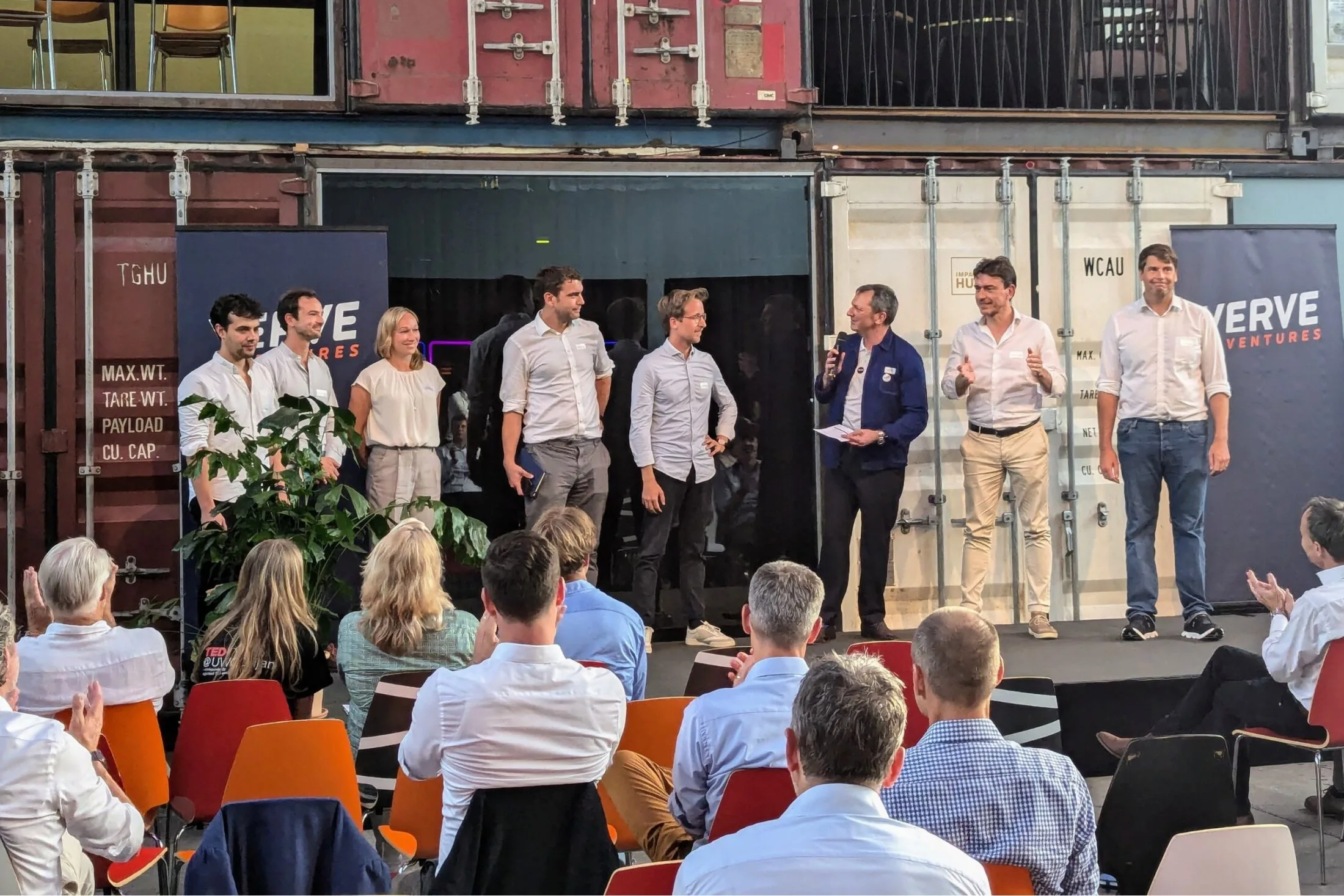
Our sophisticated investors include visionary family offices, leading wealth managers, institutions, founders, and senior executives. These individuals and organizations are all committed to shaping the next generation of innovation.
More News
Pathoquest
raises EUR 15m
Series B
PathoQuest, a pioneer in the quality control of biologics using Next-Generation Sequencing (NGS), today announced the closing of a financing round up to €15M. This funding leverages the NGS technology in a proprietary approach to assess the viral safety and genetic characterization of biologics. It will support the development of PathoQuest's US site (Wayne, PA), the expansion of the portfolio of NGS-based quality control tests and will accelerate its growth and market share worldwide.
Seervision raises
CHF 3.7 Mio.
to accelerate
market expansion
ETH spin-off Seervision successfully completed a financing round earlier this year led by Verve Ventures, along with Athens-based VC Metavallon, the EIC Fund, Zürcher Kantonalbank and existing investors.
RetinAI (Eye Care):
CHF 2.3m
Pre-Series A
RetinAI has raised CHF 2.3 million from Verve Ventures and b-to-v Partners. Verve Ventures contributed CHF 0.6 million to this round.
